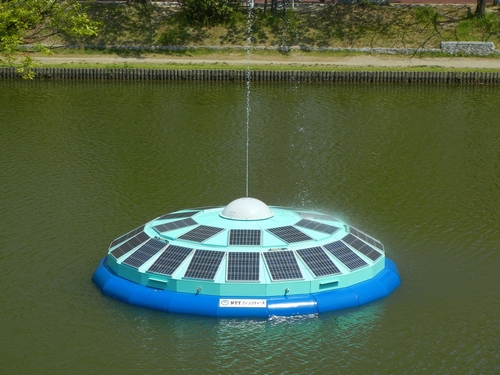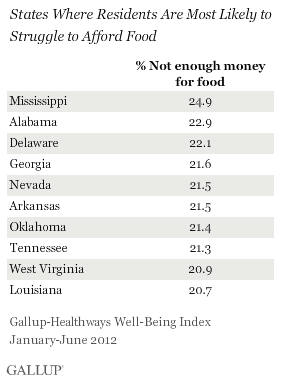* Tom Armstrong -- Executive Director, U.S. Global Change Research Program
* Vicki Arroyo -- Executive Director, Georgetown Climate Center, Georgetown University Law Center
* Gavin Bloch -- Chief Asset Officer, U.S. General Services Administration
* Wendell Brase -- Vice Chancellor, Administrative and Business Services, UC Irvine
* Kateri Callahan -- President, Alliance to Save Energy
* Dan Delurey -- President, Demand Response and Smart Grid Coalition
* Olga Dominguez -- Assistant Administrator, Office of Strategic Infrastructure & Senior Sustainability Officer, U.S. National Aeronautics and Space Administration
* Brodi Fontenot -- Deputy Assistant Secretary for Administration & Senior Sustainability Officer, U.S. Department of Transportation
* Jon Freedman -- Global Government Relations Leader, GE Power & Water, Water & Process Technologies
* Nancy Gillis -- Director, Federal Supply Chain Emissions PMO, U.S. General Services Administration
* Jim Gowen -- Chief Sustainability Officer, Verizon
* Jonathan Greenblatt -- Special Assistant to the President and Director, Office of Social Innovation & Civic Participation, White Office of Social Innovation
* Katherine Hammack -- Assistant Secretary of the Army for Installations, Energy and Environment (ASA IE&E), U.S. Army
* Stephen Harper -- Global Director, Environmental and Energy Policy, Intel Corporation
* Heather Henriksen -- Director of Sustainability, Harvard University
* Lou Hutchinson -- Vice President, Public Sector & Energy Efficiency, Constellation
* Kathy Jacobs -- Assistant Director for Climate Assessment and Adaptation, White House Office of Science and Technology Policy
* Lawrence Jones -- Vice President Grid Regulatory Affairs, Policy and Industrial Relations, Alstom
* Kevin Kampschroer -- Director - Office of Federal High Performance Buildings , U.S. General Services Administration
* Richard Kidd -- Deputy Assistant Secretary of the Army (Energy & Sustainability), U.S. Army
* Cliff Majersik -- Executive Director, Institute for Market Transformation
* Jeff Marqusee -- Executive Director, SERDP/ESTCP, U.S. Department of Defense
* Dennis McGinn -- President, American Council on Renewable Energy
* Erin Meezan -- Vice President of Sustainability, Interface
* Gwen Migita -- Vice President, Sustainability & Community Affairs, Caesars Entertainment
* Steve Nicholas -- Vice President of US Climate & Environmental Programs, Institute for Sustainable Communities
* Melanie Nutter -- Director, San Francisco Department of the Environment
* Todd Park -- Assistant to the President and Chief Technology Officer, White House Office of Science and Technology Policy
* Valerie Patrick -- Sustainability Coordinator, Bayer Corporation
* Tom Perrigo -- Sustainability Officer, City of Las Vegas
* Edwin Pinero -- Executive Vice President and Chief Sustainability Officer, Veolia Water Americas
* Curtis Ravenel -- Global Head, Sustainability Group, Bloomberg
* Eleni Reed -- Chief Greening Officer, U.S. General Services Administration
* Dorothy Robyn -- Deputy Under Secretary of Defense for Installations and Environment & Senior Sustainability Officer, U.S. Department of Defense
* Josh Silverman -- Director, Office of Sustainability Support, U.S. Department of Energy
* Nick Sinai -- Senior Advisor, White House Office of Science and Technology Policy
* Diane Sullivan -- Lead Sustainability Planner, National Capital Planning Commission
* Susi Torriente -- Assistant City Manager, City of Fort Lauderdale
* Peter Tseronis -- Chief Technology Officer, U.S. Department of Energy
* Christophe Tulou -- Director, District Department of the Environment
* Kathleen Turco -- Associate Administrator, Office of Government-wide Policy, U.S. General Services Administration
* Tim Unruh -- Program Manager for the Federal Energy Management Program, U.S. Department of Energy
For the most up-to-date information on the 2012 GreenGov Symposium, please visit www.GreenGov2012.org
http://www.greengov2012.org











